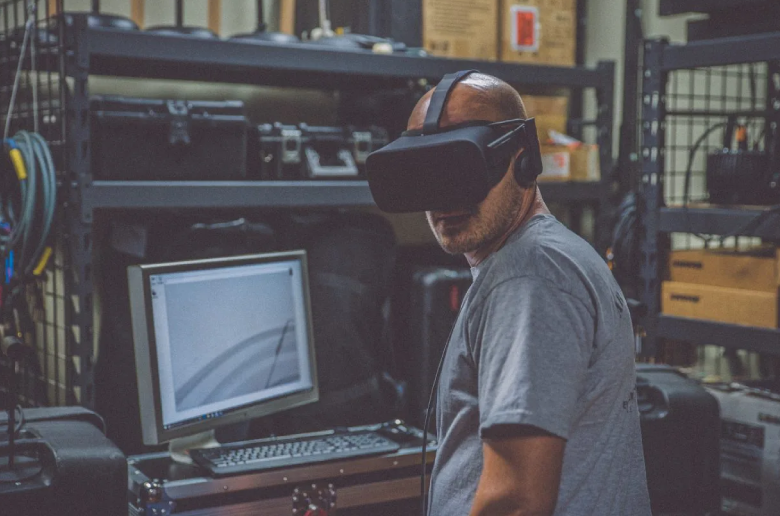Throughout 2020, the perspectives of both C-suite executives and corporate stakeholders have been forced to align. Covid-19 has put significant pressure on businesses in all segments and the disruptions caused by the virus – though unsurprising now – call for dynamic solutions to keep pace with the change in our work and personal lives.
To a certain extent: in modern business, every company is a technology company. As the speed and scale of technology increase the more it has significant influence on business strategy and the strategic goals of the organization in question.
It is an inalienable fact that innovative solutions are the key to securing a future for any organization and by Taking the Initiative on Transformation, Driving a New Kind of Innovation, and Forging a Dynamic Leadership Style, CIOs can weather the storm of the coronavirus. This is, however, easier said than done and many IT executives have been feeling the squeeze in the pursuit of their objectives both before and since lockdown.
The roles and responsibilities of technology leaders are in flux, possibly more so than ever before. The expectations of a CIO have shifted dramatically over the course of the year and technologists, now sit as pillars of the modern organization – only they possess the visibility necessary to drive effective change.
The Modern CIO
Modern businesses require transformation advocates, and this was an issue well before the Coronavirus hit. According to McKinsey’s IT strategy survey, 79% of IT executives were still in the earliest stages of their technological transformation in late 2018. It was ignorant to be in the nascent stages of technological transformation at that point, now, it would be negligent.
Aside from acting as technological tastemakers and forecasters for the future, the modern CIO must work across every segment of their business as a trailblazer, a change advocate, HR expert, culture innovator and communications expert – in short, they should represent the change that they wish to see across their respective organizations. In short they are:
Business advocates who work with fellow executives as well as members of the board to gain greater insight into the operations of their business – as well as those that it serves – and help these individuals to feel out the initiatives most likely to generate revenue
HR experts searching for the best and brightest in their field whilst prioritizing the training and upskilling of staff to aid in retention and technological revolution
Transformation operators who approach transformation as an iterative process, communicating its importance and partnering with leaders across the industry to see it through whilst preparing for risk
Communication leaders able to help the organization to quantify the value of the technology that they implement and help the less technically literate to activate the value therein.
Workplace culture specialists who support collaboration regimens for both remote staff, as well as those working in-office to help, build a community of dedicated software, hardware and innovation engineers.
There has never been a better time to be an effective CIO, and the scope of the position is widening to help them to surge towards more dynamic leadership models. We live in a world where at least 84% of top CIOs have responsibility for areas of the business outside traditional IT. To confront the coronavirus it is essential that all CIOs rise to their respective challenges.
GDS Group hosts experts to help experts. We strive to provide an atmosphere for our attendees that enables them to confidently lead their companies through major transformation projects. For information on upcoming events, view our view our Digital Summits. To remain current on our activities, visit GDS Group on LinkedIn | Facebook | Twitter.














